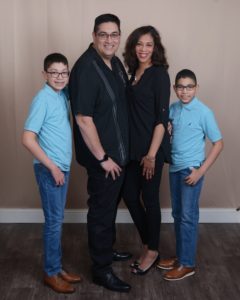Today’s NJ Spotlight
crunches the opt-out PARCC data released recently by the N.J. Department of Education. Anti-testers are irate because the D.O.E. didn’t break down the numbers to their satisfaction; instead, any student who didn’t take the test, regardless of the reason, is aggregated into one field. Not too helpful for NJEA and Save Our Schools-NJ propaganda. Yet the breakdown is illuminating.
According to NJ Spotlight’s analysis, the N.J. public school with the greatest number of test-refusals was Northern Highlands Regional High School in Bergen County, which draws students from Allendale, Ho-Ho-Kus, Saddle River and Upper Saddle River. According to the D.O.E. School Performance Report, 0.5% of Northern Highlands enrollment is economically disadvantaged and 94% is white or Asian (mostly white). Not a single student “opted-out” of the SAT’s, which the D.O.E. permits as a substitute assessment for graduation requirements.
NJ Monthly rates Upper Saddle River, one of Northern Highland’s sending districts, as “NJ’s most affluent town.” The median household income is $176,801 and the median cost of housing units is $898,600. For comparison’s sake, the median household income across N.J. is $70,165 and median housing cost is $307,700.
The opt-out rate in Northern Regional was 68.7%
The two other highest rates of test refusals were at Ramapo-Indian Hills High School (66.5%) and Pascack Valley Regional High School (54.5), also in Bergen County, which is one of America’s wealthiest countie
s. Ninety percent of Ramapo-Indian Hill’s enrollment is white and 1% is black. 1.2% of students are economically-disadvantaged. Everyone takes the SAT’s. At Pascack Valley, 86% of students are white and 1% are black; 2.8% are economically-disadvantaged. 94.3% of students take the SAT’s.
In Franklin Hills, one of the sending districts to Ramapo-Indian Hills, the median household income is $145,877 and the median cost of housing units is $920,226.
You get the idea. While there were opt-outs in poorer and more diverse N.J. communities, the big numbers cluster in rich white towns. And that’s the elephant in the room that NJEA and SOS-NJ try hard to disregard. Their campaign against state testing, which represents a sliver school assessments in schools, is one of privilege.





1 Comment